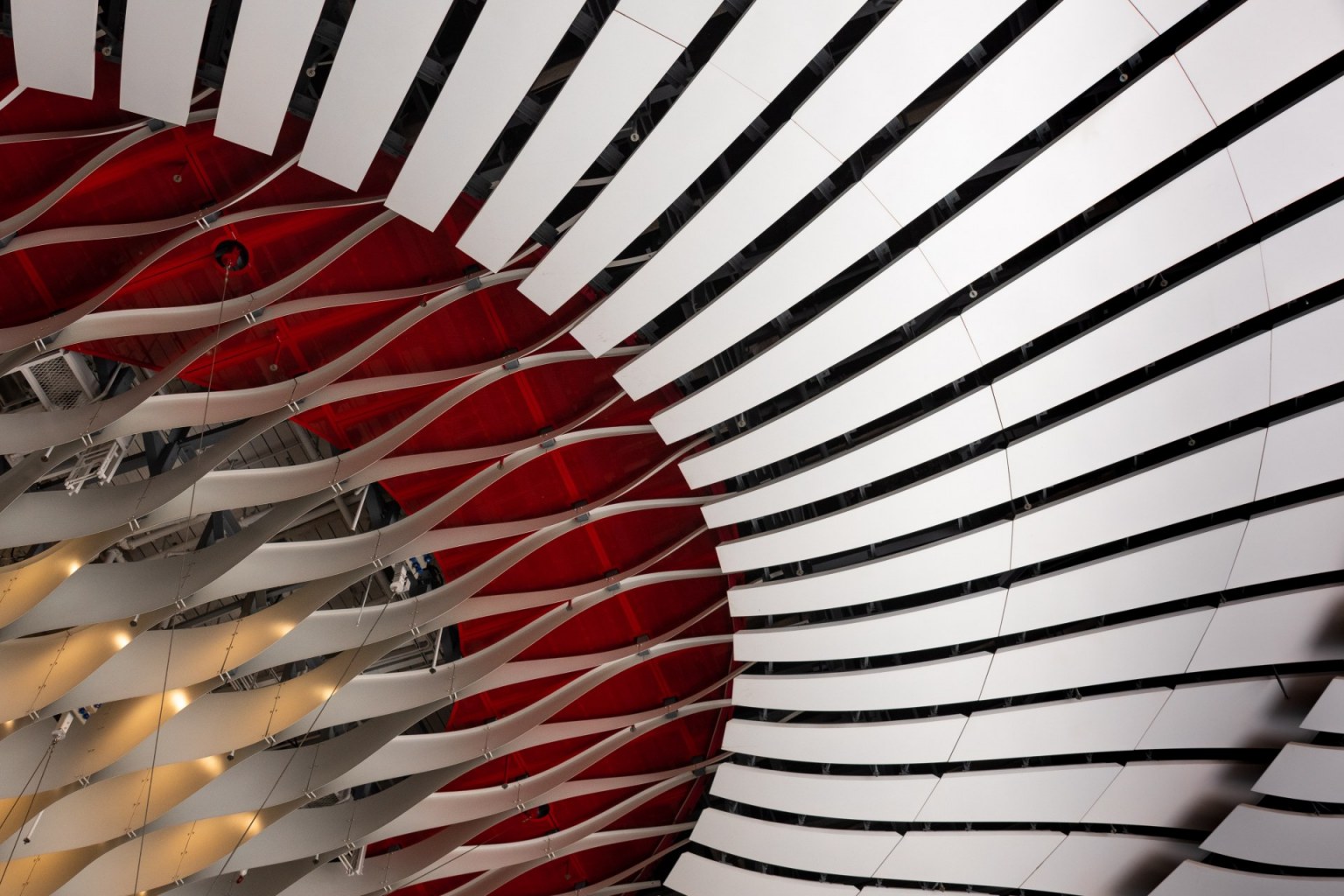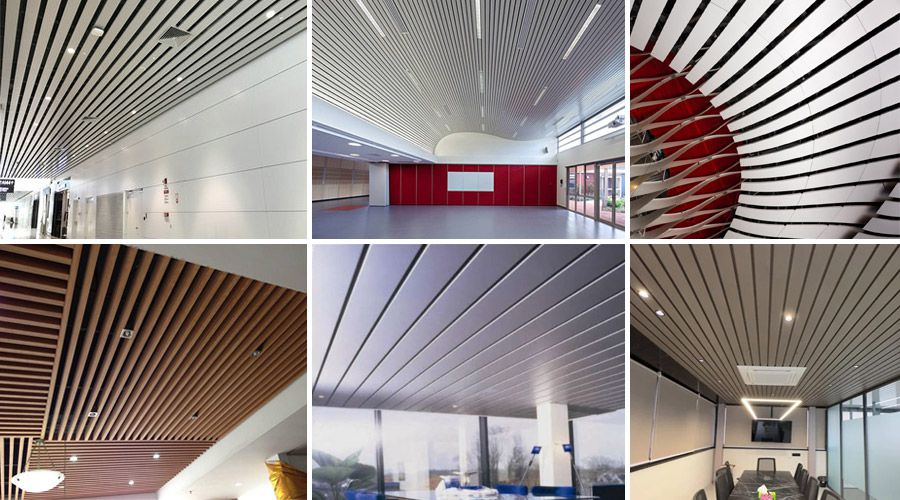Coated aluminum is indeed a popular choice for ceiling applications, particularly in commercial and industrial settings.

Coated aluminum is indeed a popular choice for ceiling applications, particularly in commercial and industrial settings.
Coated aluminum is indeed a popular choice for ceiling applications, particularly in commercial and industrial settings. BCM supply a broad range of coated aluminum coil or strip products, specially designed to provide a long aesthetic life in a wide variety of ceiling systems.
As a leading manufacturer, we produce painted aluminium in different thicknesses and lacquer coatings for all types of ceiling cladding products. The low weight of aluminium enables the cost-efficient cladding of larger ceiling areas and avoids the need for expensive support structures.
Alloy&Temper: 3003H24, 3003H26, 3004H24, 3004H26
Thickness: 0.6mm, 0.7mm, 0.8mm, 0.9mm, 1.0mm;
Width range: can be cut to 200mm~1300mm, accurate to ±0.2mm
Color: Mainly White color. (Various white colors available)
The coating thickness: 25~28micro
Durability:
Coated aluminum is resistant to corrosion, rust, and weathering, making it suitable for various environments, including humid or outdoor areas.
Lightweight:
Aluminum is lightweight compared to other materials, which makes installation easier and reduces the load on building structures.
Aesthetic Appeal:
Coated aluminum can be finished in a variety of colors and textures, allowing for versatile design options that can enhance the aesthetic of a space.
Fire Resistance:
Aluminum is non-combustible, providing an added level of safety in case of fire.
Low Maintenance:
The coated surface is generally easy to clean and maintain, requiring minimal upkeep over time.
Acoustic Properties:
Some coated aluminum ceiling systems are designed to improve sound absorption and reduce noise levels in a space.
Sustainability:
Aluminum is a recyclable material, making it an environmentally friendly choice for construction.
Versatility:
Coated aluminum can be used in various ceiling systems, including suspended ceilings, tiles, and panels, adapting to different architectural styles and functional requirements.
Commercial Buildings:
Offices, shopping malls, airports, and hospitals.
Residential Buildings:
Modern homes, especially in kitchens and bathrooms.
Public Spaces:
Schools, libraries, and government buildings.

